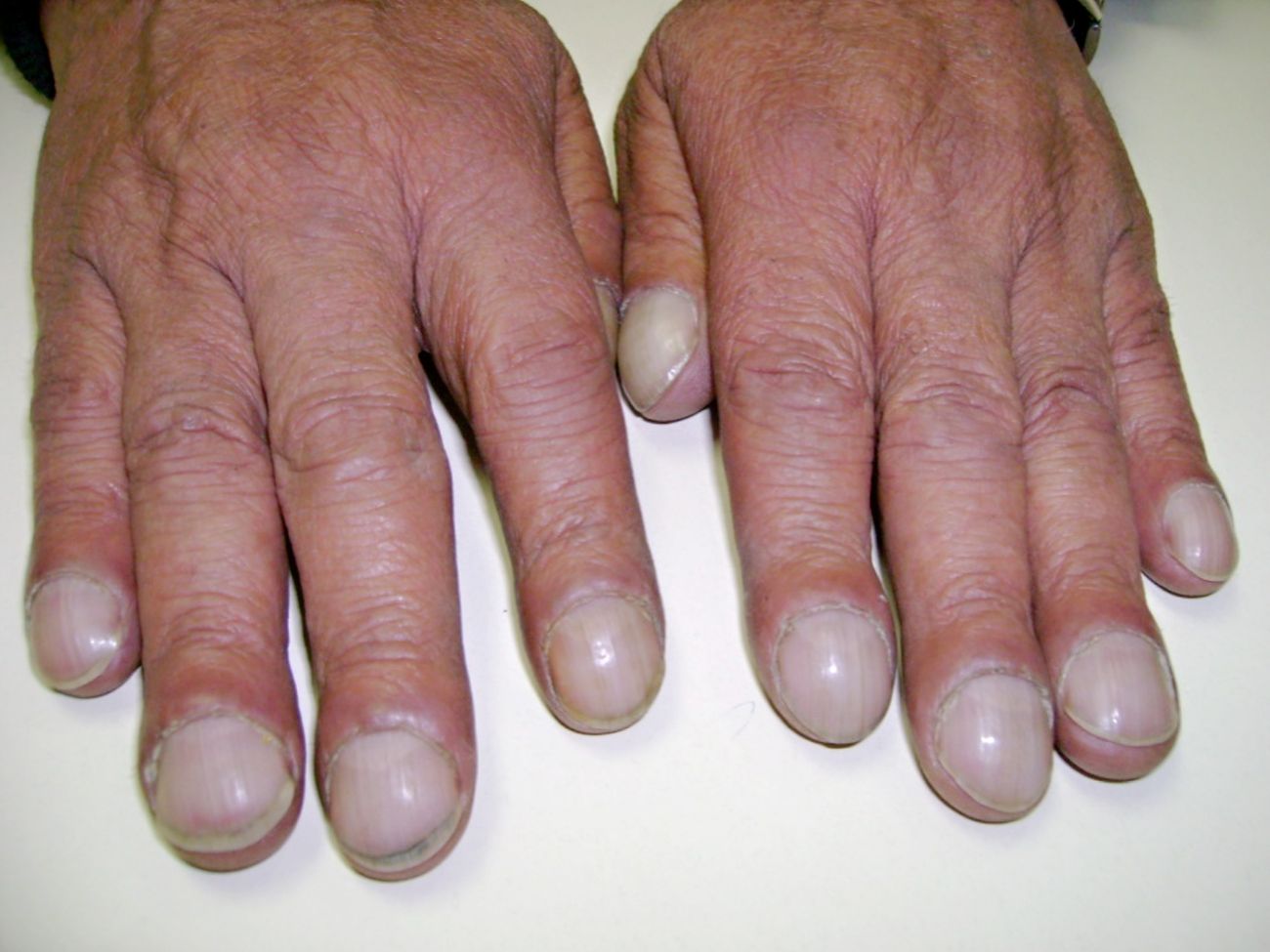
Bamberger–Marie Disease, also known as hypertrophic osteoarthropathy, is a rare medical condition that affects bones and joints. Characterized by the abnormal growth of skin and bones, it often leads to joint pain and swelling. This disease can be primary, with no underlying cause, or secondary, linked to other health issues like lung cancer or heart disease. Symptoms include clubbing of fingers and toes, joint pain, and swelling. Diagnosing Bamberger–Marie Disease involves imaging tests and blood work. Treatment focuses on managing symptoms and addressing any underlying conditions. Understanding this disease can help in early detection and better management.
Key Takeaways:
- Bamberger–Marie Disease causes bone and joint thickening, leading to severe pain. Early detection and treatment are crucial for managing symptoms and improving quality of life.
- Research on Bamberger–Marie Disease aims to develop better treatments and understand genetic factors. Joining support groups and maintaining a healthy lifestyle can help manage the condition.
What is Bamberger–Marie Disease?
Bamberger–Marie Disease, also known as hypertrophic osteoarthropathy, is a rare medical condition. It primarily affects the bones and joints, causing them to thicken and become painful. This disease can be associated with other underlying health issues, making it a complex condition to understand.
-
Named After Discoverers: The disease is named after two physicians, Eugen von Bamberger and Pierre Marie, who first described it in the late 19th century.
-
Bone Changes: Patients experience periostosis, which is the formation of new bone around existing bones, particularly in the long bones of the arms and legs.
-
Joint Pain: One of the primary symptoms is severe joint pain, often in the knees, ankles, wrists, and elbows.
Symptoms and Diagnosis
Understanding the symptoms and how doctors diagnose Bamberger–Marie Disease is crucial for early detection and treatment.
-
Clubbing of Fingers: A common sign is the clubbing of fingers and toes, where the tips become enlarged and the nails curve around the fingertips.
-
Swelling: Patients often have swelling in the lower legs and forearms due to fluid accumulation.
-
Skin Changes: The skin over affected areas may become thickened and shiny.
-
X-rays for Diagnosis: X-rays can reveal characteristic bone changes, helping doctors confirm the diagnosis.
-
Blood Tests: Elevated levels of certain markers in the blood, such as alkaline phosphatase, can indicate the presence of the disease.
Causes and Risk Factors
The exact cause of Bamberger–Marie Disease remains unclear, but several factors can increase the risk of developing it.
-
Associated with Lung Disease: Often linked to chronic lung diseases like lung cancer, tuberculosis, and bronchiectasis.
-
Heart Disease Connection: Some cases are associated with congenital heart disease or other cardiovascular conditions.
-
Genetic Factors: There may be a genetic predisposition, as the disease sometimes runs in families.
-
Age and Gender: More common in middle-aged adults and slightly more prevalent in men than women.
Treatment Options
While there is no cure for Bamberger–Marie Disease, various treatments can help manage symptoms and improve quality of life.
-
Pain Relief: Nonsteroidal anti-inflammatory drugs (NSAIDs) are commonly used to reduce pain and inflammation.
-
Treating Underlying Conditions: Addressing the primary disease, such as lung cancer or heart disease, can alleviate symptoms.
-
Physical Therapy: Regular exercise and physical therapy can help maintain joint mobility and reduce stiffness.
-
Surgery: In severe cases, surgical intervention may be necessary to correct bone deformities or relieve pressure on nerves.
Living with Bamberger–Marie Disease
Managing daily life with this condition requires a comprehensive approach, including medical treatment and lifestyle adjustments.
-
Regular Monitoring: Frequent check-ups with healthcare providers are essential to monitor disease progression and adjust treatments.
-
Healthy Diet: A balanced diet rich in calcium and vitamin D can support bone health.
-
Support Groups: Joining support groups can provide emotional support and practical advice from others living with the disease.
-
Avoiding Smoking: Smoking cessation is crucial, especially for those with lung-related conditions.
Research and Future Directions
Ongoing research aims to better understand Bamberger–Marie Disease and develop more effective treatments.
-
New Medications: Researchers are exploring new drugs that target the underlying mechanisms of the disease.
-
Genetic Studies: Studies on genetic factors may reveal why some individuals are more susceptible to the disease.
-
Improved Diagnostic Tools: Advances in imaging technology could lead to earlier and more accurate diagnoses.
-
Patient Registries: Establishing patient registries can help track disease patterns and outcomes, aiding research efforts.
-
Clinical Trials: Participation in clinical trials offers patients access to cutting-edge treatments and contributes to medical knowledge.
Understanding Bamberger–Marie Disease is essential for those affected and their families. With ongoing research and advancements in medical care, there is hope for better management and improved quality of life for patients.
Final Thoughts on Bamberger–Marie Disease
Bamberger–Marie Disease, also known as hypertrophic osteoarthropathy, is a rare condition that affects bones and joints. It often presents with symptoms like clubbing of fingers, joint pain, and swelling. Early diagnosis is crucial for managing symptoms and improving quality of life. Treatment typically involves addressing the underlying cause, which could be linked to lung diseases or other systemic conditions. Medications, physical therapy, and sometimes surgery can help alleviate discomfort. Awareness and understanding of this disease are essential for those affected and their families. By staying informed, individuals can seek timely medical advice and appropriate care. Remember, while rare, Bamberger–Marie Disease is manageable with the right approach. Stay proactive about health, and consult healthcare professionals if you notice any concerning symptoms.
Frequently Asked Questions
Was this page helpful?
Our commitment to delivering trustworthy and engaging content is at the heart of what we do. Each fact on our site is contributed by real users like you, bringing a wealth of diverse insights and information. To ensure the highest standards of accuracy and reliability, our dedicated editors meticulously review each submission. This process guarantees that the facts we share are not only fascinating but also credible. Trust in our commitment to quality and authenticity as you explore and learn with us.
